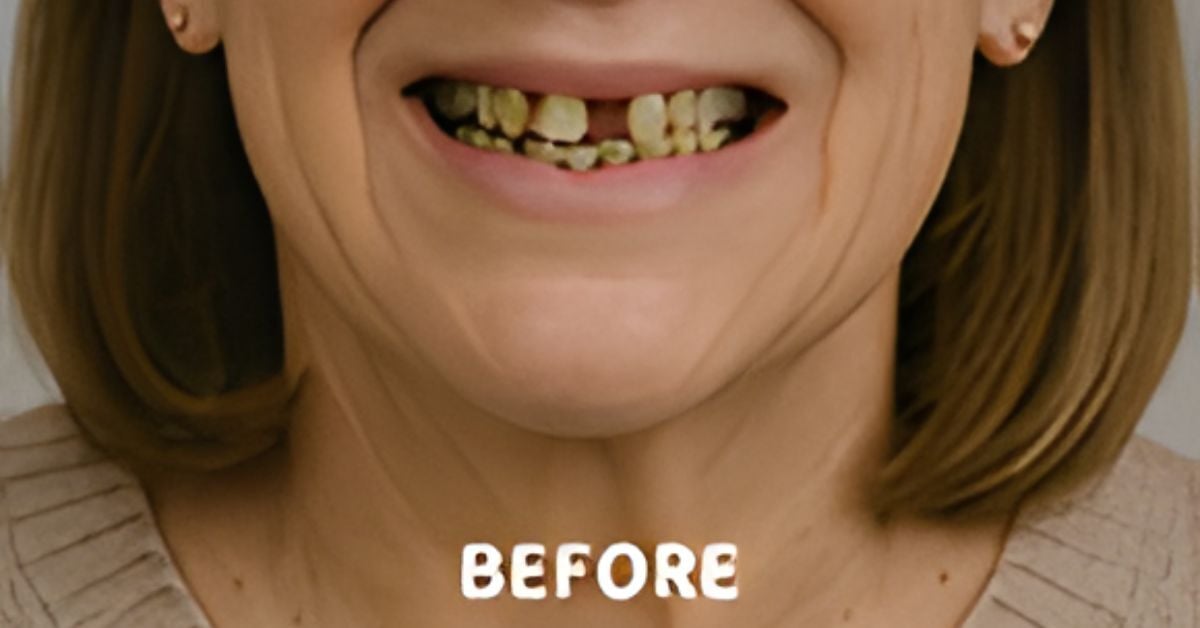Surgical Guide & Implant Positioning
Implant placement must be prosthetically driven. If implants aren’t aligned for proper occlusion, lip support, and esthetics, the restoration can suffer—especially in full arch cases. The lab can help design surgical guides to ensure ideal placement that supports the final prosthesis.
Prosthetic Materials and Types
Common options for full arch implant restorations include:
- Acrylic hybrid (PMMA or denture teeth on titanium bar)
- Monolithic zirconia hybrids
- Overdentures (implant-retained but removable)
Each has pros and cons in terms of cost, esthetics, strength, repairability, and weight.

Immediate vs. Final Restoration
Many full arch cases involve a same-day conversion where a temporary prosthesis is delivered immediately after surgery. Once healing and osseointegration are complete (usually 3–6 months), the patient returns for the final prosthesis. Make sure patients understand that the temporary is not the final product.
Hygiene and Maintenance Matter
Design restorations for cleanability. Lingual/palatal access and smooth contours help. Additionally, hygienists should educate patients on home care tools, such as water flossers, super floss, or rubber tips, and emphasize regular maintenance visits.
Patient Expectations & Education
Full arch restorations are life-changing, but patients should understand:
- The process requires several appointments.
- Temporary teeth may feel and look different from the final ones.
- Maintenance is essential to protect their investment.

Bonus Tip: Digital Workflows Make a Big Difference
Digital planning, 3D printing, and guided surgery make these cases more predictable than ever. If your office isn’t fully digital yet, we can help bridge that gap and suggest workflows that balance analog and digital techniques.
Conclusion
Full arch implant restorations can truly transform a patient’s quality of life, restoring not just function, but confidence and esthetics as well. To achieve long-term success, these cases demand thoughtful planning, clear communication, and close collaboration between the clinician, surgical team, and dental implant laboratory. When everyone is aligned, the results are life-changing.
